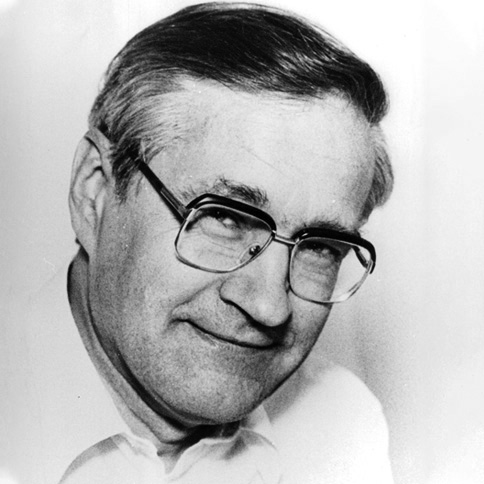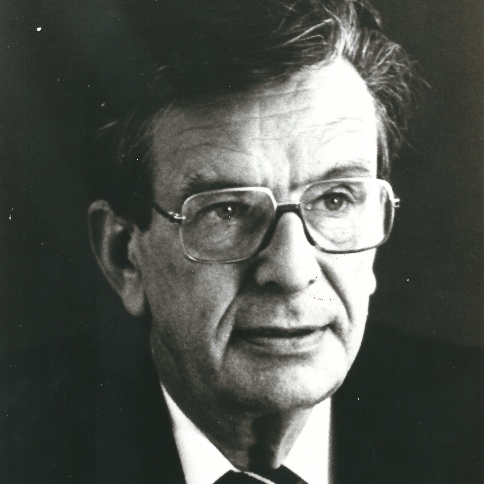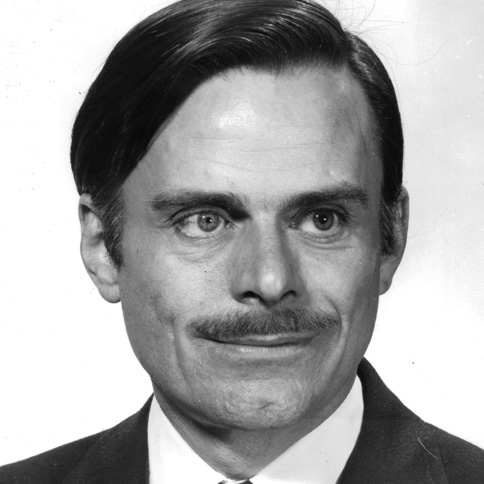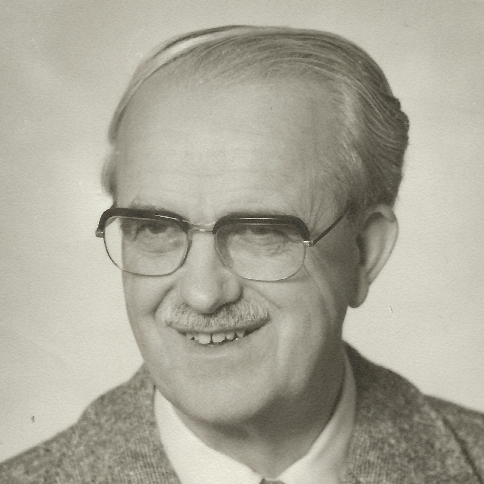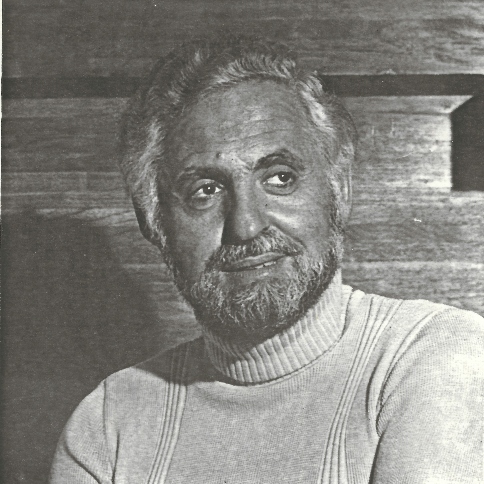
David M. Blow
Wolf Prize Laureate in Chemistry 1987

David M. Blow
Affiliation at the time of the award:
Imperial College of Science and Technology, UK
Award citation:
“for their contributions to protein X-ray crystallography and to the elucidation of structures of enzymes and their mechanisms of action”.
Prize share:
David M. Blow
Sir David C. Phillips
The first enzymes whose 3-dimensional structures were solved by X-ray crystallography were lysozyme by David Phillips in 1965, and chymotrypsin, a larger molecule, by David Blow in 1967. These studies showed how enzymes perform biological catalysis by mobilising their substrates at the active site of the enzyme and gave definite information and ideas about the detailed chemistry of their action. Thus, for the first time it was possible to interpret the catalytic mechanism in stereochemical terms. Both men have also made significant contributions to the tecniques of protein crystallography.
Phillips and Blow have between them pioneered experimental and analytical methods that have contributed to the astounding developments of protein crystallography.
Professor David M. Blow (born in 1931, UK) was the first person to solve the phase ambiguity for non-centrosymmetric reflections in protein X-ray crystallography and thus paved the way for the solution of the first protein structure. Together with Crick, Blow intruduced the procedures for phase determination which have been used in all protein structure analysis to the present day, and with Rossmann demonstrated how the use of non-crystallographic symmetry could be used to solve multi-subunit structures. At the time, chymotrypsin was the largest and also the most difficult structure to be solved. This work led to a proposal for the “charge relay mechanism” which explained how a serine oxygen becomes activated and has been the key to an understanding of the catalytic activity of all serine proteinases found in nature. In a comparative study of two other related proteinases, Blow discovered the stereo-chemical basis of their different specificities by showing that the cavity in the enzyme selected particular amino acid residues for recognition. Blow has solved the structure of a tRNA synthetase (the only such molecule solved to date) and whose structure has formed the basis for recent studies of its catalytic mechanism by directed mutagenesis (in collaboration with A.R. Fersht and G. Winter).











































































